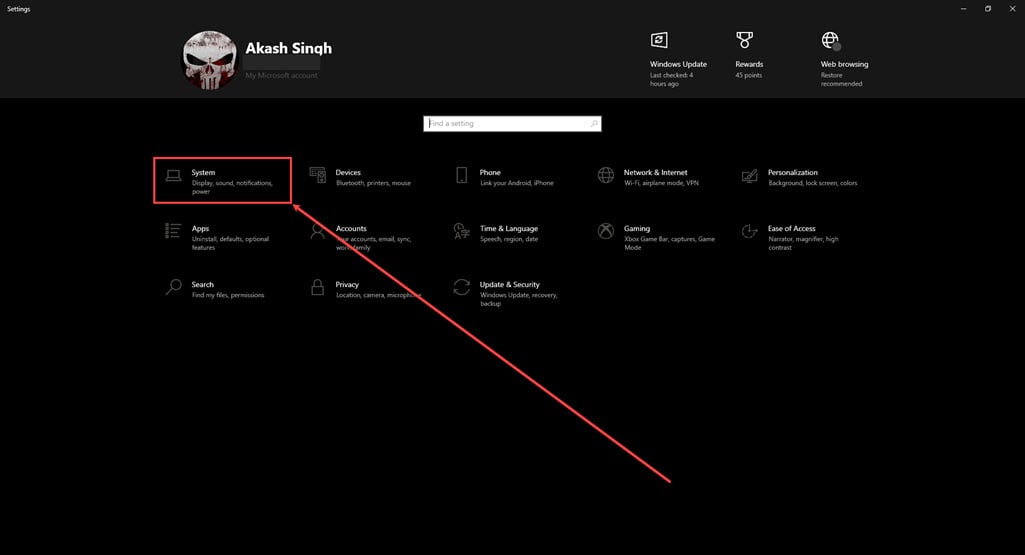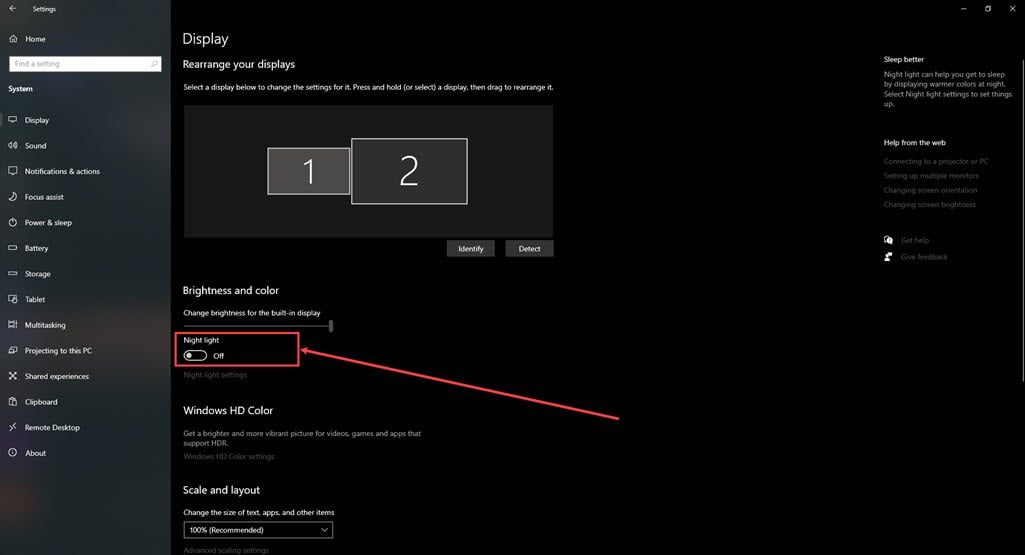Many users have complained about a red or blue tint on their computer monitors. Some monitors have a bluish, cooler tint, while others have a reddish or yellowish tint. This issue is not only troublesome for photo or video editors who need accurate colours, but it also affects the overall video-watching experience for regular users.
In this article, we have discussed what causes a red or blue tint in the monitor and a few ways to help you fix it.
What causes a red or blue tint in the monitor?
Below we have discussed a few possible reasons that might be causing a red or blue tint in the monitor.
- The night light is enabled.
- Outdated graphics driver.
- Faulty graphics driver.
- A third-party display calibration app is changing the display calibration.
Also read: How to fix Windows System Error 5?
How to fix the issue?
We have explained a few ways that might help you resolve the red or blue tint in the monitor.
Disable the Night light
The first thing to do is check if the Night Light feature is turned on. It creates a reddish-yellow shadow on the screen to protect your eyes from the blue light emitted by the monitor. To turn it off follow the steps below.
Step 1: Press the Windows + I key to open the settings and then click on the System option.

Step 2: Turn the toggle off beside the Night light.

Update the graphics card
Any bugs in the display drivers can change the screen colour and cause red or blue tints on the screen. Updating the graphics driver might help you resolve the issue. To update the graphics driver follow the steps below.
Step 1: Press the Windows+X and tap on the Device Manager option in the dropdown menu.

Step 2: Find and then expand the Display adapters category and then right-click on the driver.

Step 3: In the pop-up menu, click on the Update driver option.

Step 4: In the new window, click on the Search automatically for drivers option.

Check out our article to know how how to update the Nvidia graphics driver
Also read: How to move the Outlook toolbar from side to bottom?
Reinstall the graphics driver
If no update is available, reinstalling the graphics driver might help you resolve the issue. To do that, follow the steps below.
Step 1: Press the Windows+X and tap on the Device Manager option in the dropdown menu.

Step 2: Double-click on the Display Adapter to expand it, and then right-click on the driver.

Step 3: Click on the Uninstall device option in the pop-up menu.

Step 4: Click on Uninstall button to confirm.

Step 5: After uninstallation, restart the PC, and it will automatically reinstall the driver.
Also read: How to reset a Powerbank?
Remove any third-party display calibration app
Look for the display calibration app installed on your computer. Sometimes, these third-party apps can cause issues by altering the display settings. If you find any such app, reset it to default settings or uninstall it from your computer. Third-party display calibration apps have often been identified as a common problem cause.
Recalibrate display colours
If none of the above methods works, you can calibrate the display colours using Windows Display Colour Calibration. To do that, follow the steps below.
Step 1: In Windows search, type Calibrate display colour and click on the first result.

Step 2: In the Display Colour Calibration window, click on the Next button at the bottom right of the screen and follow the on-screen instruction to calibrate display colours as you want.

Also read: PC turns on but no display: Quick Fix






